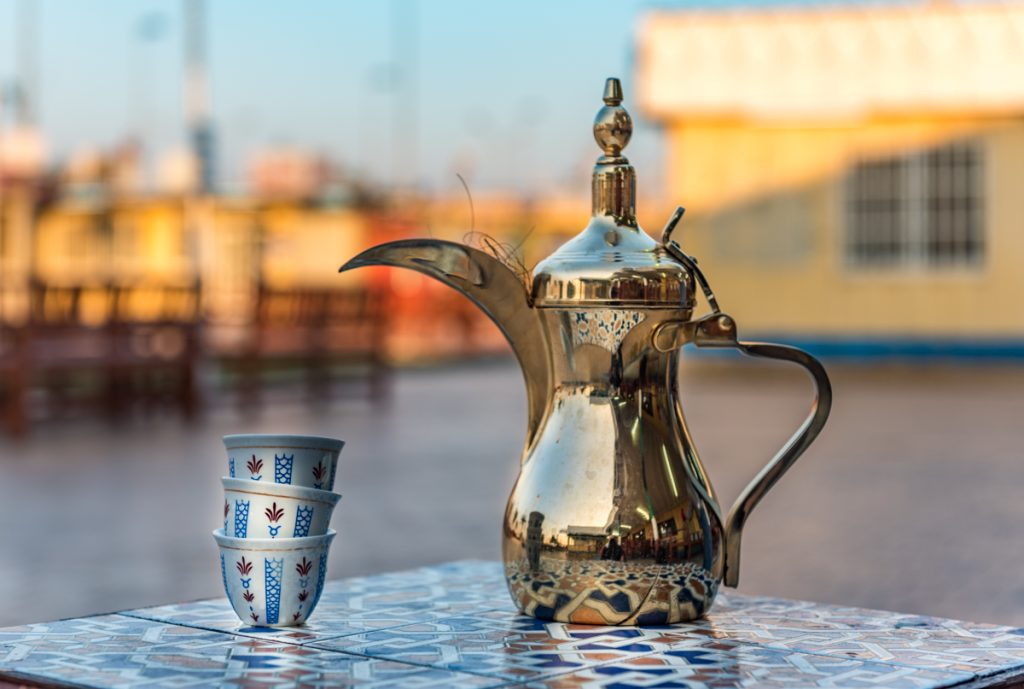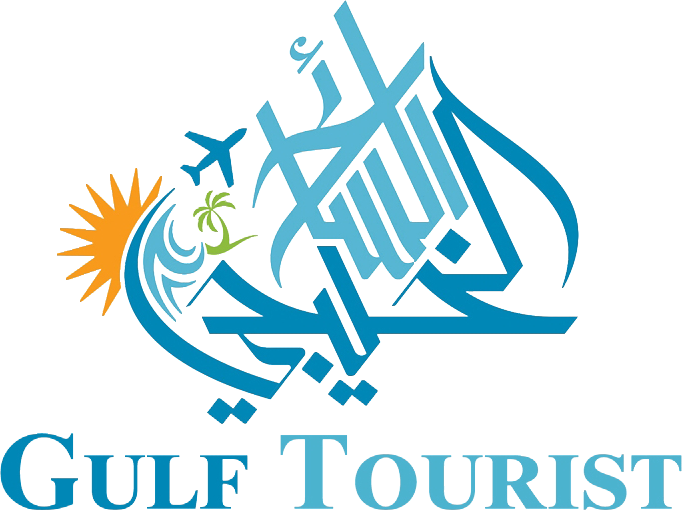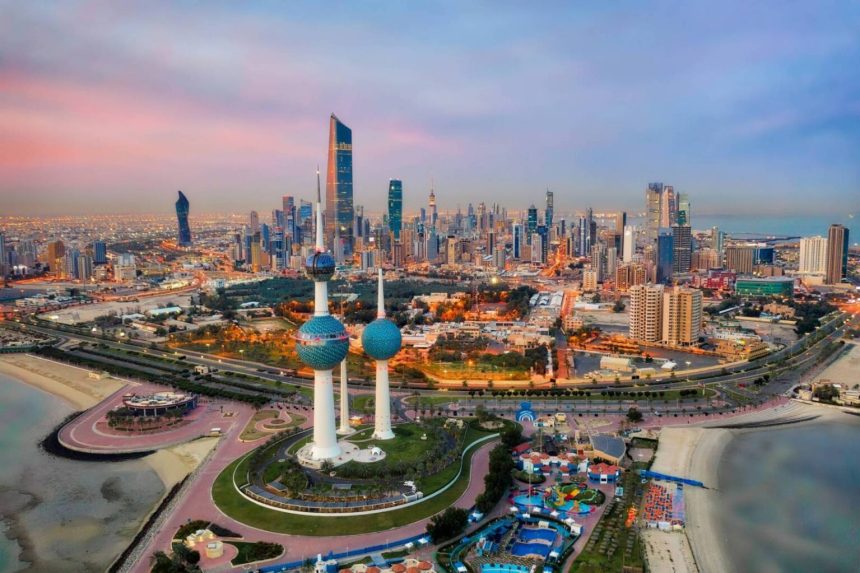The Kuwaiti government has taken strategic steps to revitalize the tourism sector, and these efforts have been significantly successful. The country’s unique geographical location, distinctive architectural engineering, and picturesque landscapes contribute to its appeal as a tourist destination. Kuwait has witnessed remarkable development reflected throughout the country.
Tourism in Kuwait boasts numerous attractions, making it a distinctive destination for many tourists. Beautiful gardens, various entertainment venues, and enchanting beaches coexist with unique traditional markets. Kuwait hosts several museums, such as the Kuwait National Museum, showcasing a stunning collection of archaeological artifacts dating back to the Bronze Age. The museum aims to preserve Kuwait’s social, economic, and cultural heritage, providing an accurate representation of life in Kuwait before the discovery of oil. Additionally, the museum features a planetarium that offers 3D storytelling.
The Tareq Rajab Museum, named after Kuwait’s first Minister of Antiquities, Tareq Rajab, is located in Jabriya. It houses thousands of archaeological artifacts, including jewelry, clothing, and Islamic art. The museum also displays ancient Arabic calligraphy.
The Museum of Arabic and Islamic Sciences is one of the prominent museums housed in the Sheikh Abdullah Al-Salem Cultural Centre. It showcases significant scientific and artistic achievements, covering astronomy, geology, medicine, and engineering. The museum reflects the Islamic world’s historical discoveries and includes entertainment facilities such as cafes and gift shops.
The Maritime Museum highlights Kuwait’s maritime heritage, displaying ships, equipment, and tools used in sailing, fishing, and pearl diving. Notable landmarks include the Water Towers, with their unique mushroom-like design, built to connect seawater desalination stations to an advanced distribution network.
The Liberation Tower, the second tallest tower in Kuwait at 372 meters, is among the country’s iconic structures. Completed in 1993, its design resembles flying saucers.
Cultural centers are abundant in Kuwait, with the Sheikh Abdullah Al-Salem Cultural Centre being one of the largest cultural complexes globally. It includes over 1100 exhibits and six museums, covering natural history, science, space, and fine arts.
The American Cultural Centre, located within the former American Embassy compound, showcases Islamic art artifacts. It houses over 20,000 rare handicrafts and artifacts related to Islamic art and the ancient civilizations of Mesopotamia.
The Scientific Center features the largest aquarium in the Middle East, shaped like a sail, displaying a unique collection of marine life and offering interactive activities for tourists.
Tourists can explore various parks, resorts, and entertainment centers in Kuwait. The Martyrs’ Park, the largest urban park in Kuwait, hosts educational programs, environmental initiatives, public lectures, and community workshops. The Green Island, an artificial island near the Corniche, is a popular destination for picnics and bike rentals.
Filaka Island, located 20 km from Kuwait, showcases archaeological findings dating back to 3000 BCE. The island features a heritage village and hosts events such as shooting competitions and traditional games.
Kuwait’s beaches, including Messilah Beach, Al-Khiran Beach, and Al-Kout Beach, attract families with activities like water skiing, diving, and enjoying the sunset. The popular Al-Mubarakiya Market retains its charm, offering a unique shopping experience with its blend of traditional goods and spices.
In summary, Kuwait has successfully transformed its tourism sector by leveraging its cultural, historical, and natural assets. The country’s museums, landmarks, cultural centers, and recreational areas make it an appealing destination for a diverse range of tourists.
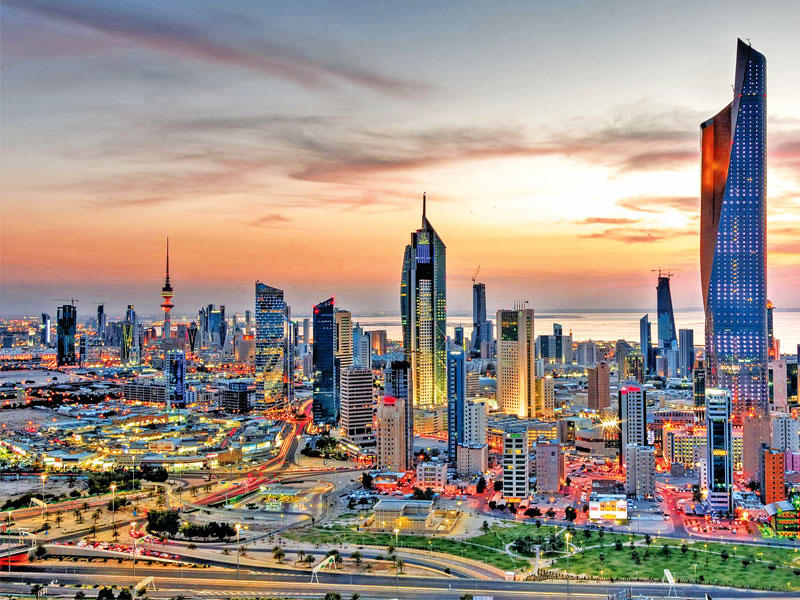
Fish Market
Various types of fish and marine life are sold in the market, with each vendor displaying their catch of sardines, prawns, and other fish. The market also offers fresh fruits and vegetables.
Large quantities of seafood are consumed, with fish being a favorite among the residents. Many Kuwaiti dishes include grilled or fried fish with a distinctive flavor and unique taste.
Other Landmarks in Kuwait
The Grand Mosque, with its minaret reaching a height of 74 meters, can accommodate more than 17,000 worshippers. It houses an exact replica of the world’s oldest Quran. The mosque is adorned with a front courtyard filled with palm trees and features stained glass from France, Italian marble, Moroccan mosaics, Indian teakwood, and German chandeliers, in addition to a main dome coated in gold.
The Contemporary Art Platform is one of the best exhibition spaces in Kuwait, regularly hosting exhibitions showcasing works by Kuwaiti artists and international artists on special occasions. The platform also provides seminars and discussions from time to time.
The Kuwait Oil Company Exhibition is the latest in the field of oil industry exhibitions in Kuwait. It covers various aspects of oil, including oil discovery, extraction, and history. The exhibition offers a 4D viewing experience of oil fields using binoculars.
The Red Castle, located south of Jahra, is an example of ancient architectural art. It was named the Red Castle due to the red clay used in its construction. The castle, built during the rule of Sheikh Mubarak Al-Sabah, consists of four watchtowers surrounded by a wall with a thickness of 1/2 meter and a height of 4.5 meters.
The Seif Palace is one of the properties owned by the ruling family, constructed by Sheikh Mubarak for celebratory events. The palace reflects Islamic architectural art, featuring mosaic flooring, extensive interior facilities, an artificial pond, and a helipad.
Kuwait has entered various investments and projects leading to the prosperity and growth of the country. The fishing industry is one of the distinguishing features Kuwait has acquired due to its unique geographical location. The fishing industry in Kuwait is the second most important source of the economy after oil and a significant source for exporting all types of fish to the world.
The Blue Economy project in Kuwait aims to replace the country’s income from oil and gas with sustainable development of its marine resources, including fishery.
Palm tree cultivation in Kuwait, facilitated by the country’s climate, allows the growth of various trees, particularly palm trees. Kuwait has over 1.5 million palm trees. The country is known for producing more than four different types of dates, making it one of the largest date-producing countries globally. The annual date production in Kuwait reaches around 50 million dates.
The sales of dates in Kuwait amount to 100 million Kuwaiti dinars annually. Kuwait is also one of the top consumers of dates worldwide.
These unique aspects contribute to Kuwait’s cultural and economic diversity, making it a distinctive destination for both residents and tourists.
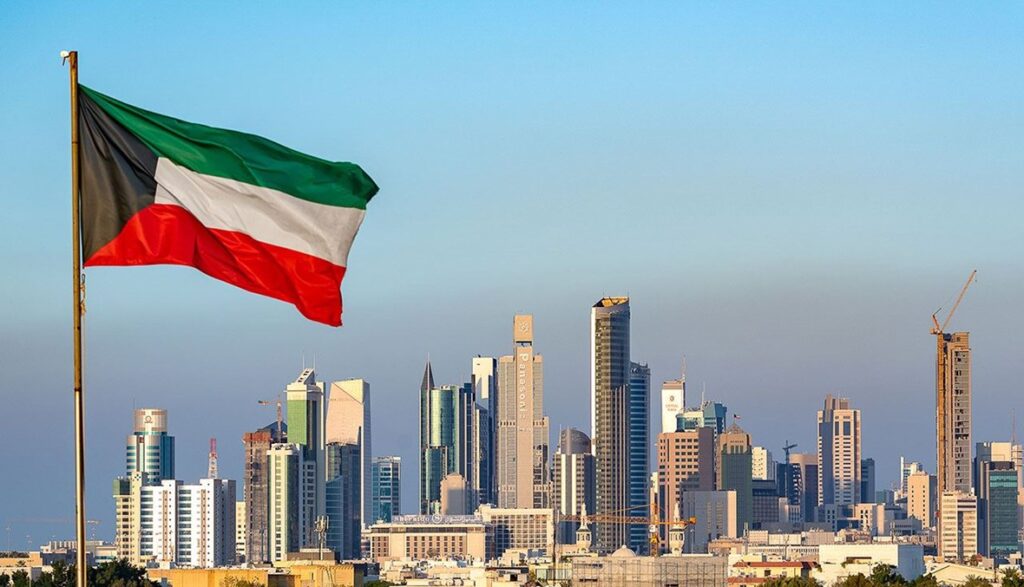
Historical Overview
Kuwait was historically known as “Al-Qurain,” a word derived from “Qarn,” meaning a highland or elevated land. Later, the name evolved into “Kuwait,” a diminutive form of “Kut,” referring to a fortress or castle. The origin of this word is Babylonian.
The mention of Kuwait can be found in the Old Testament of the Bible. Some suggest that the origin of this word is Indian.
The evolution of the name reflects the geographical and historical significance of the region, from highlands to fortresses, capturing the essence of Kuwait’s landscape and cultural heritage.
